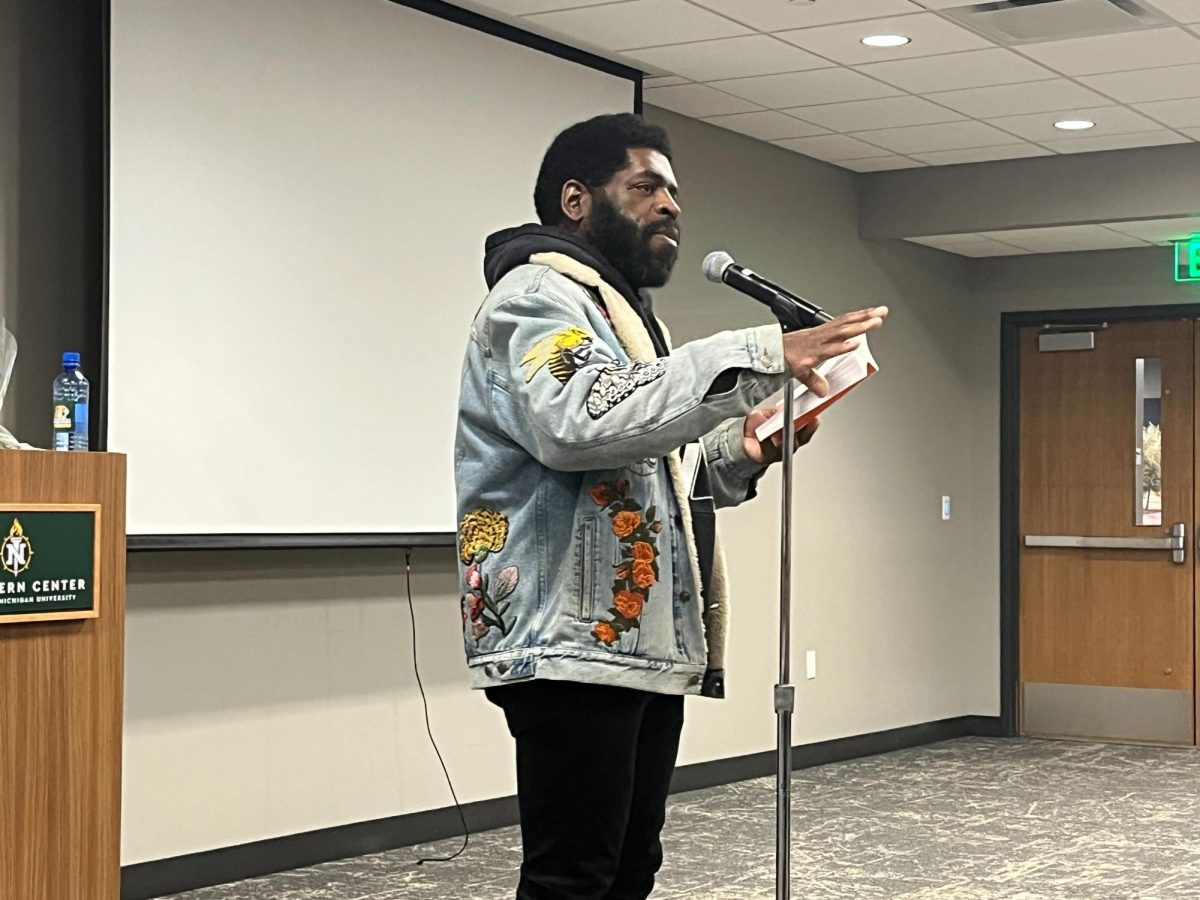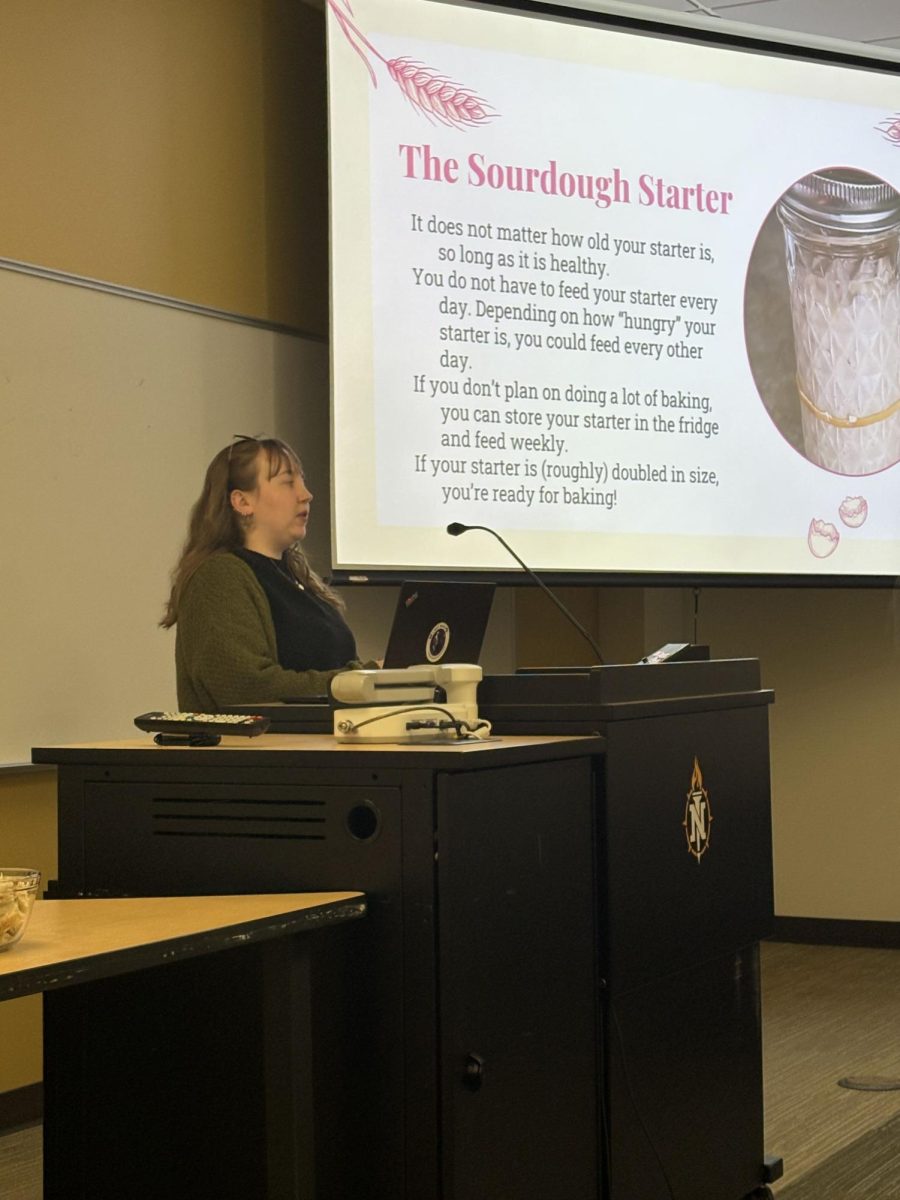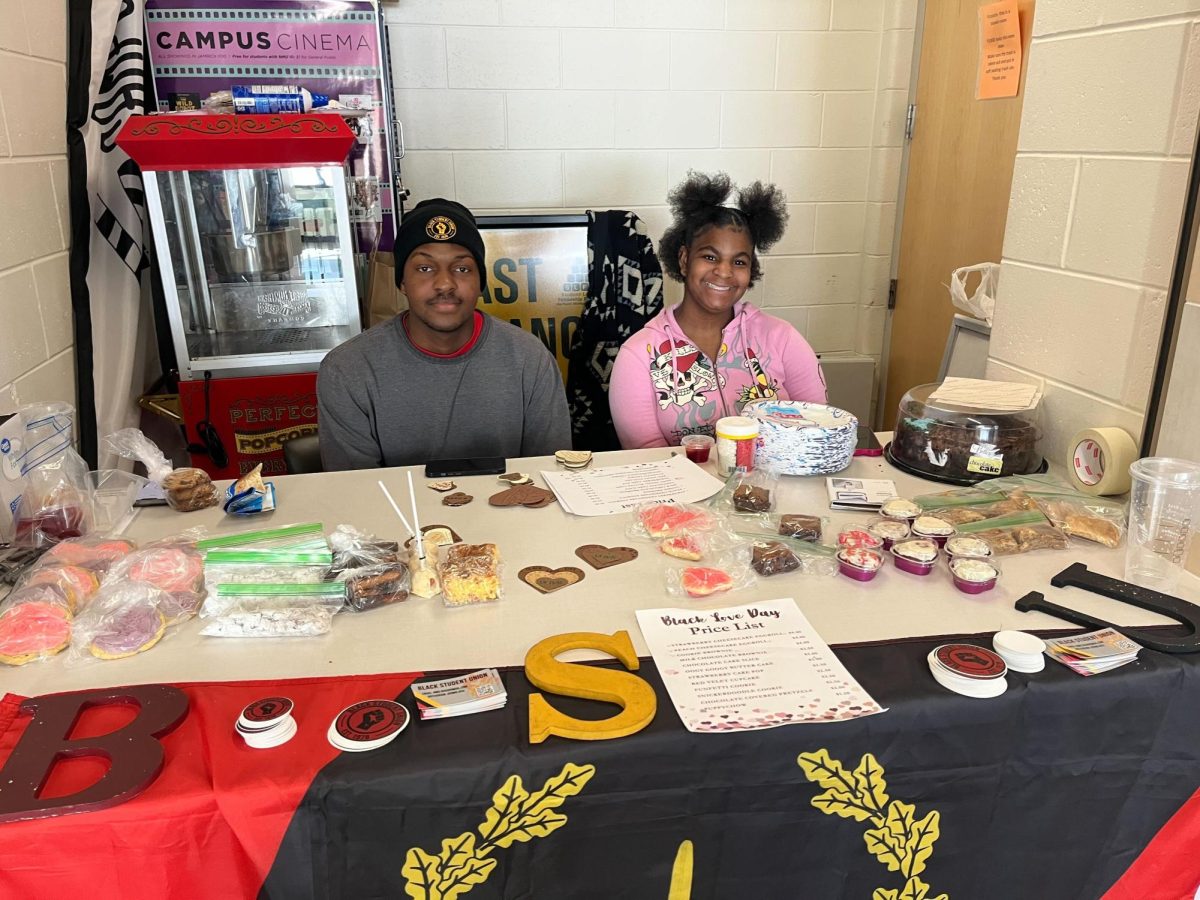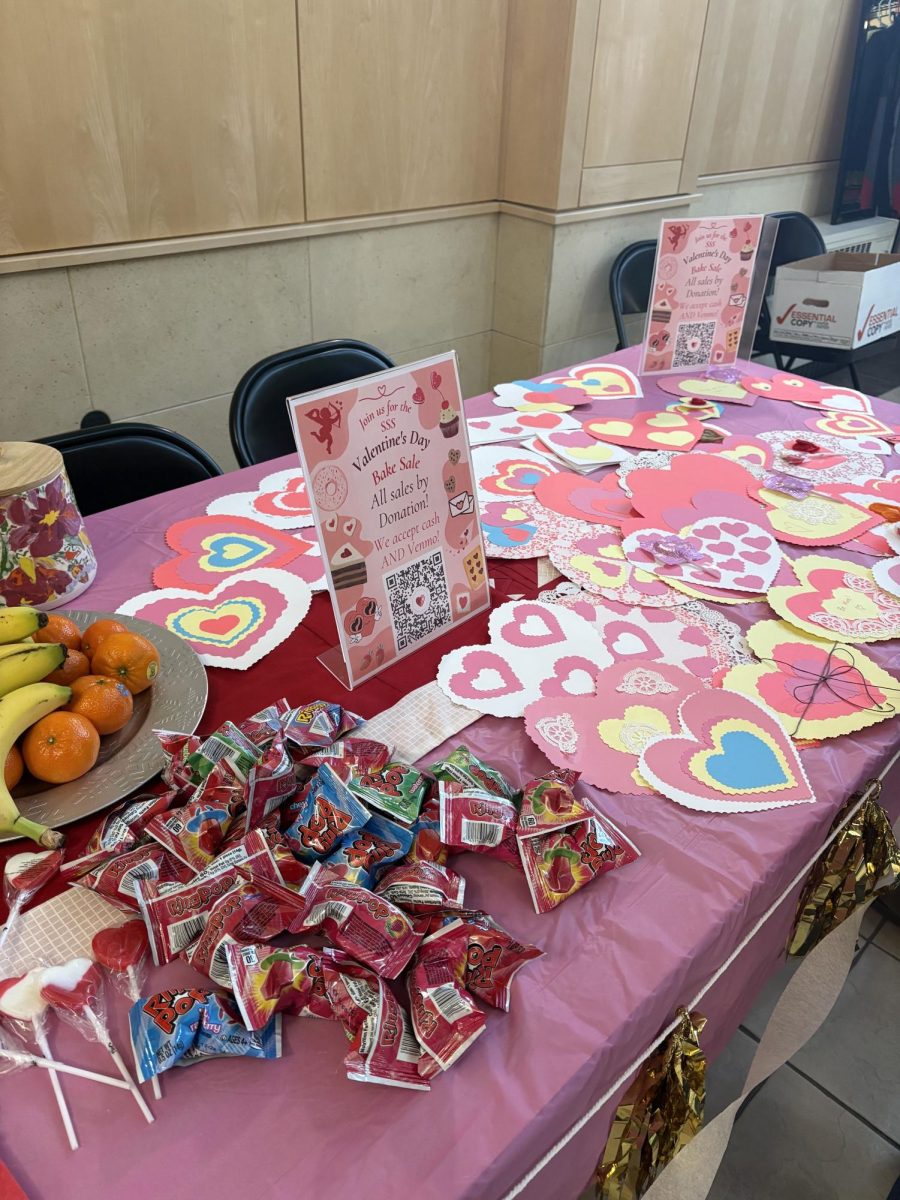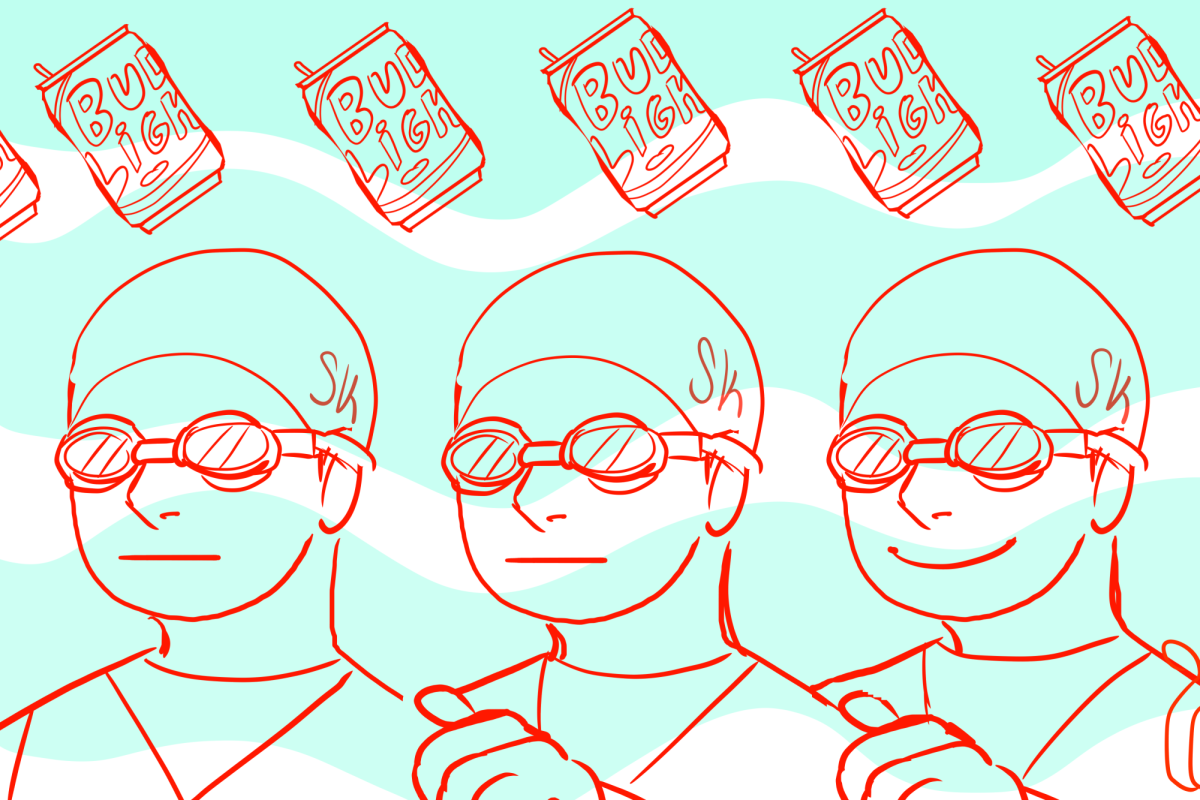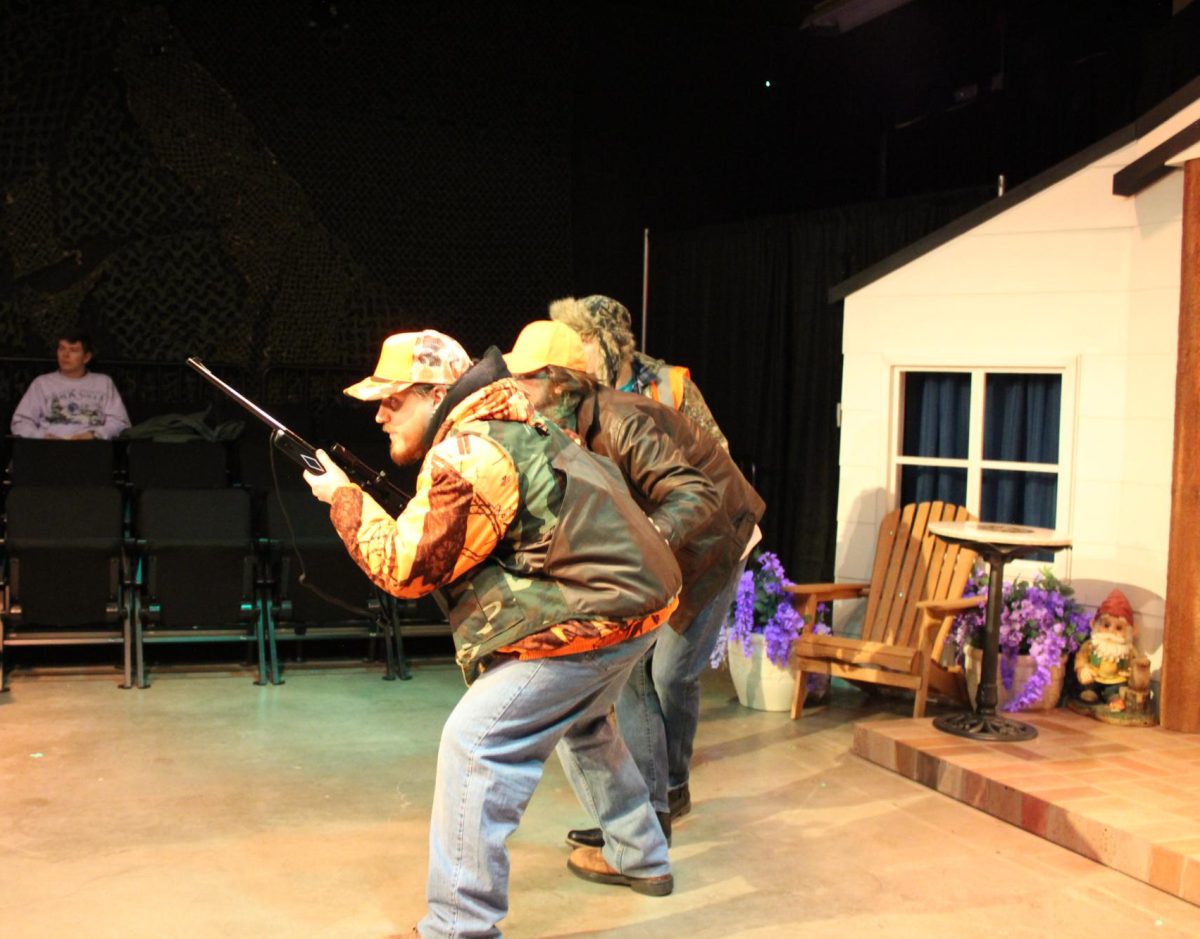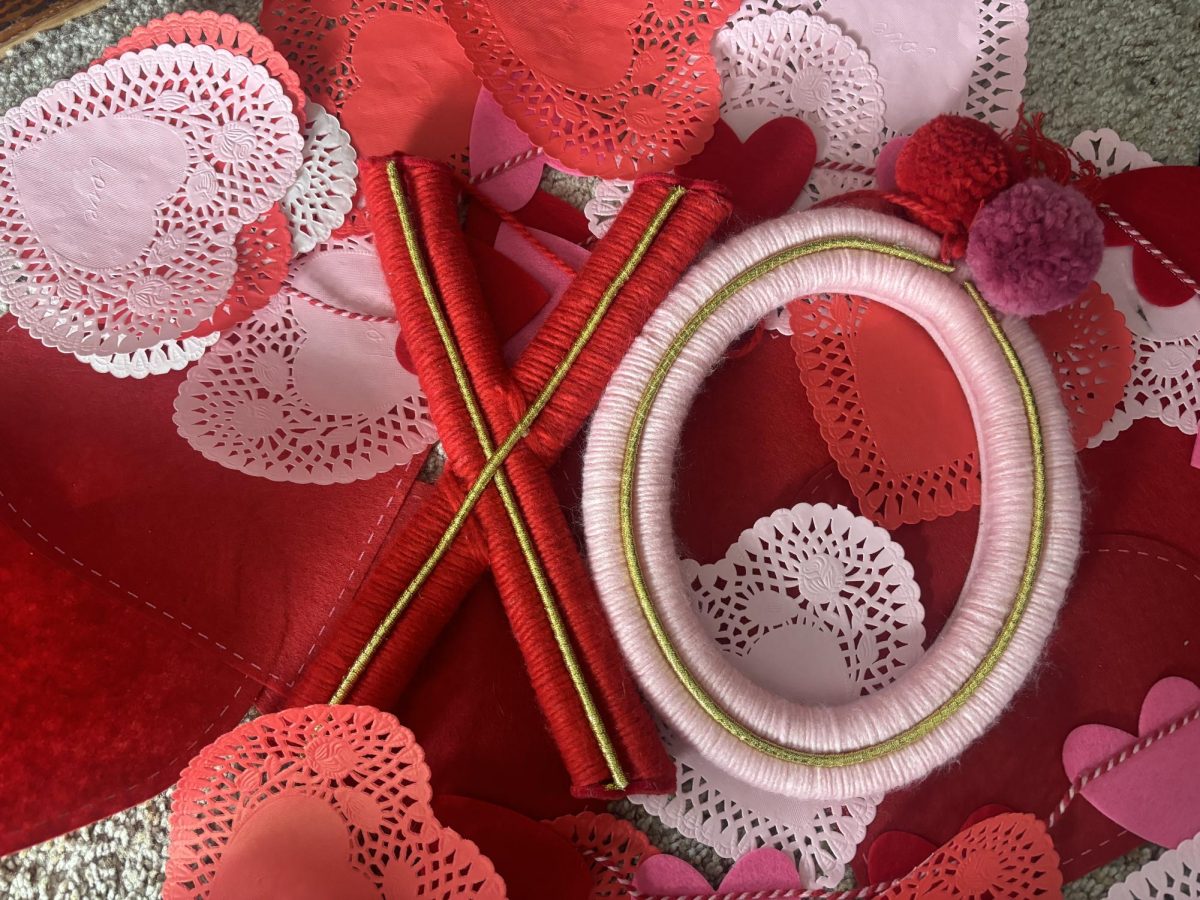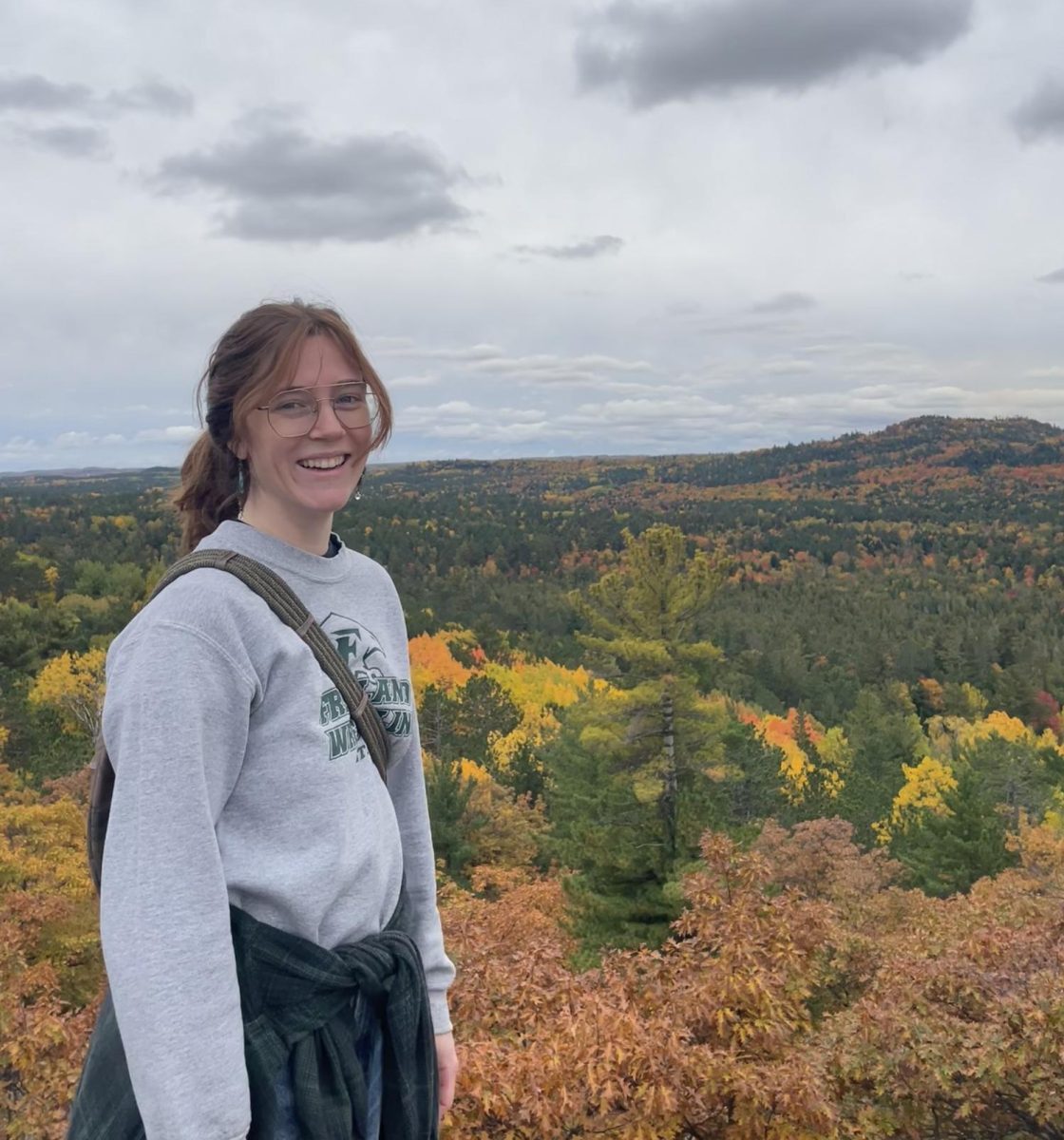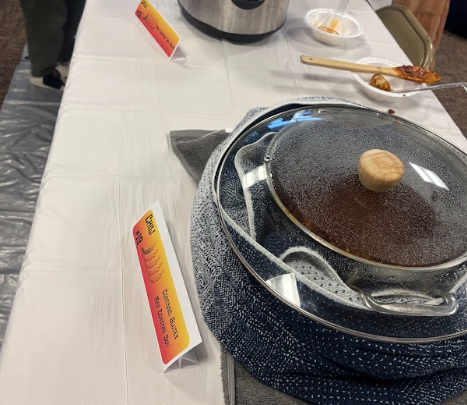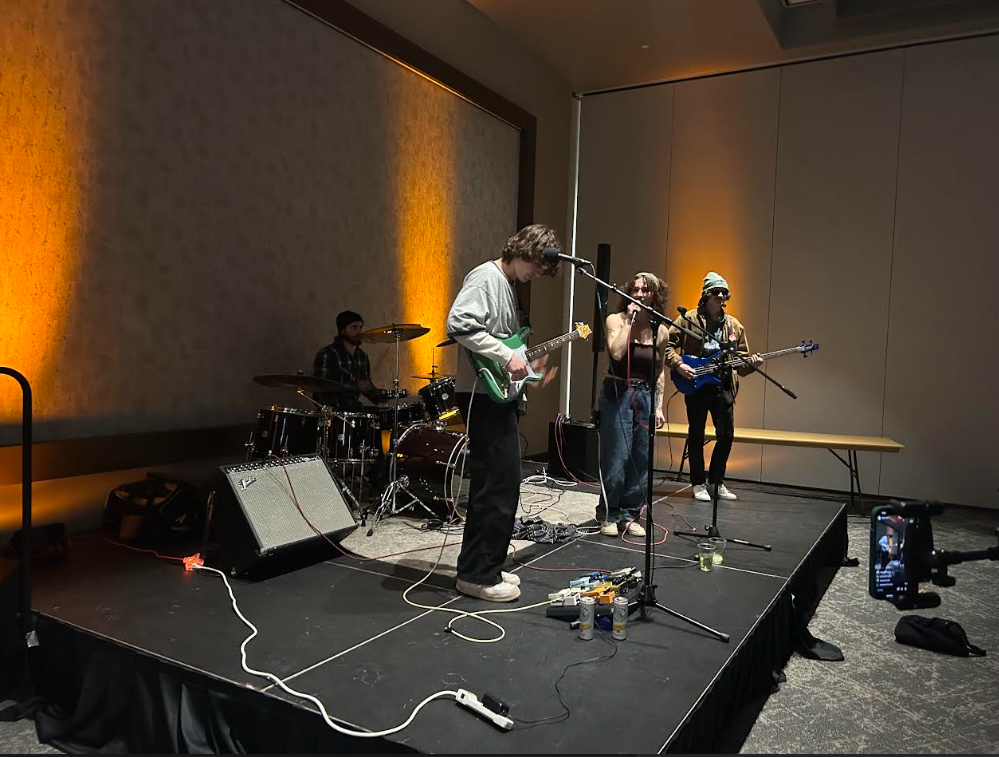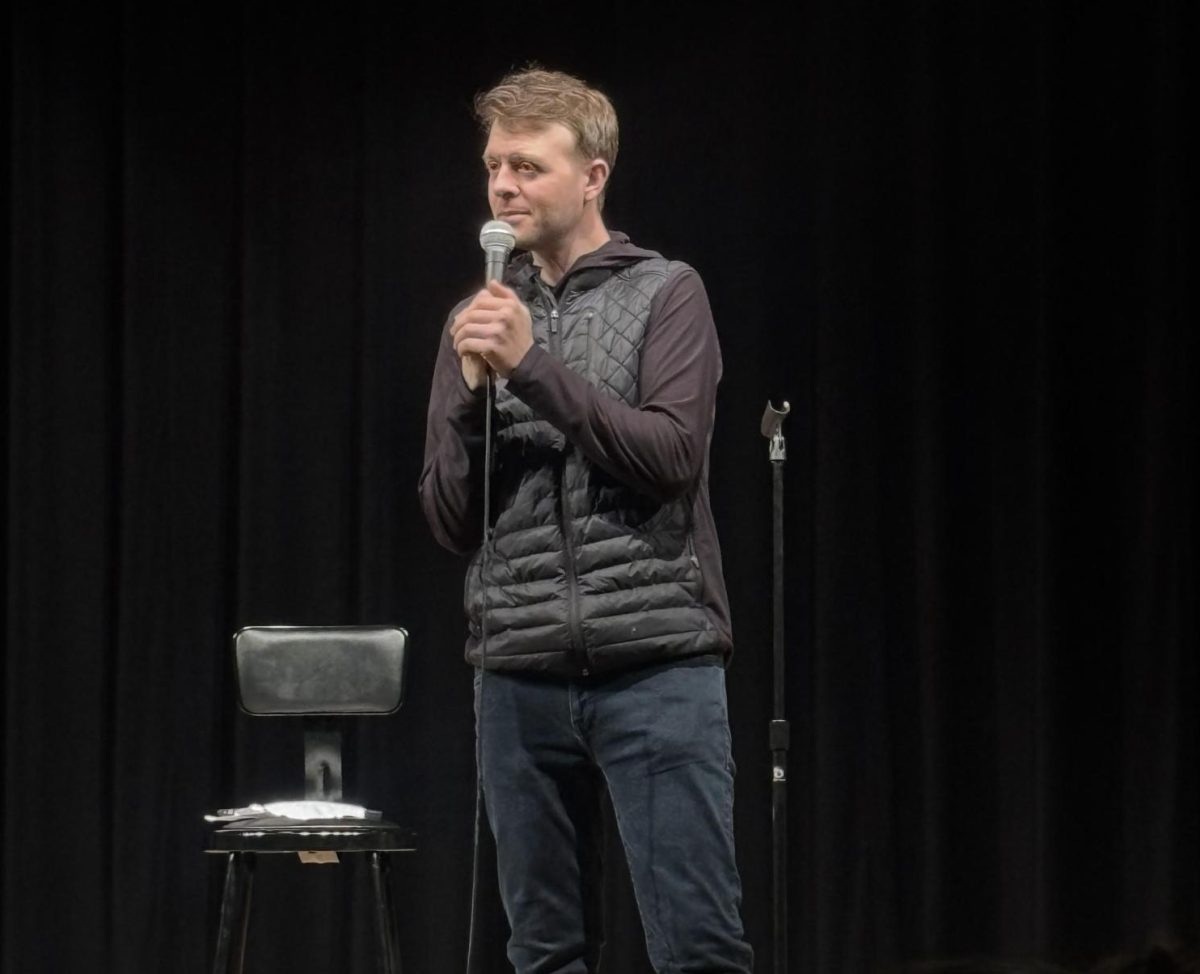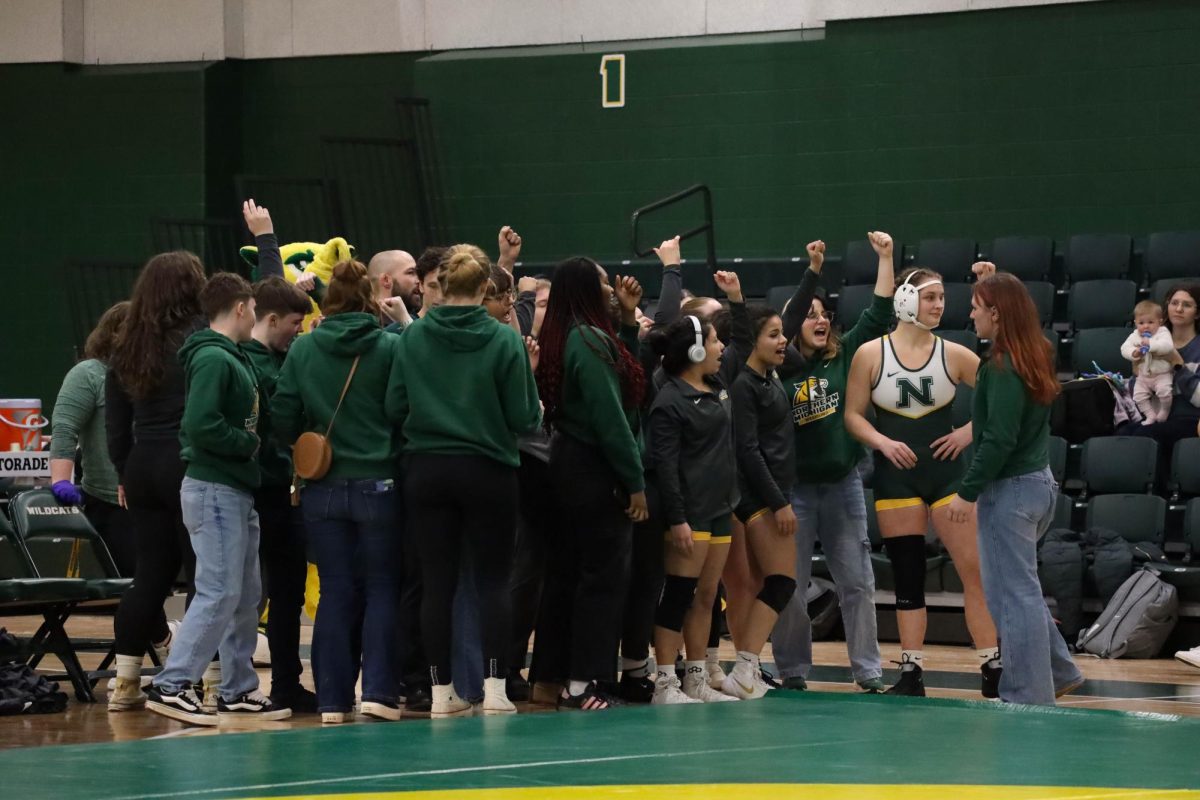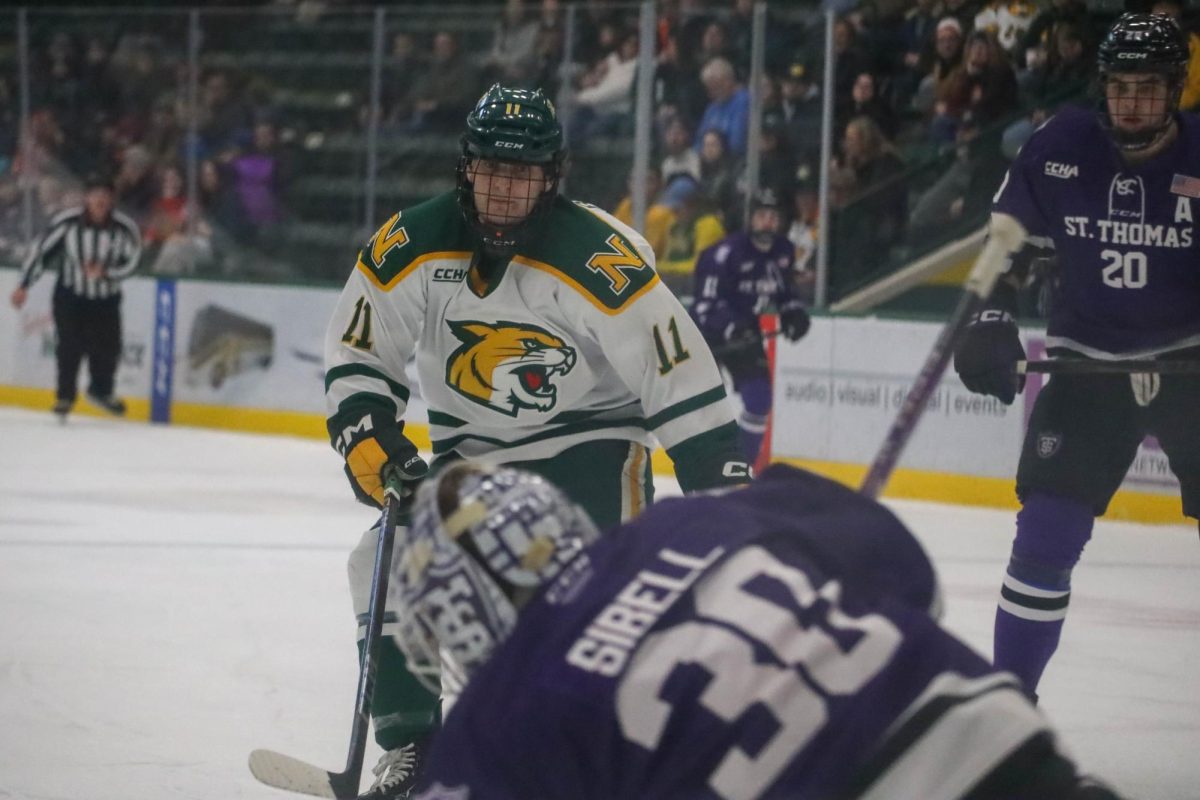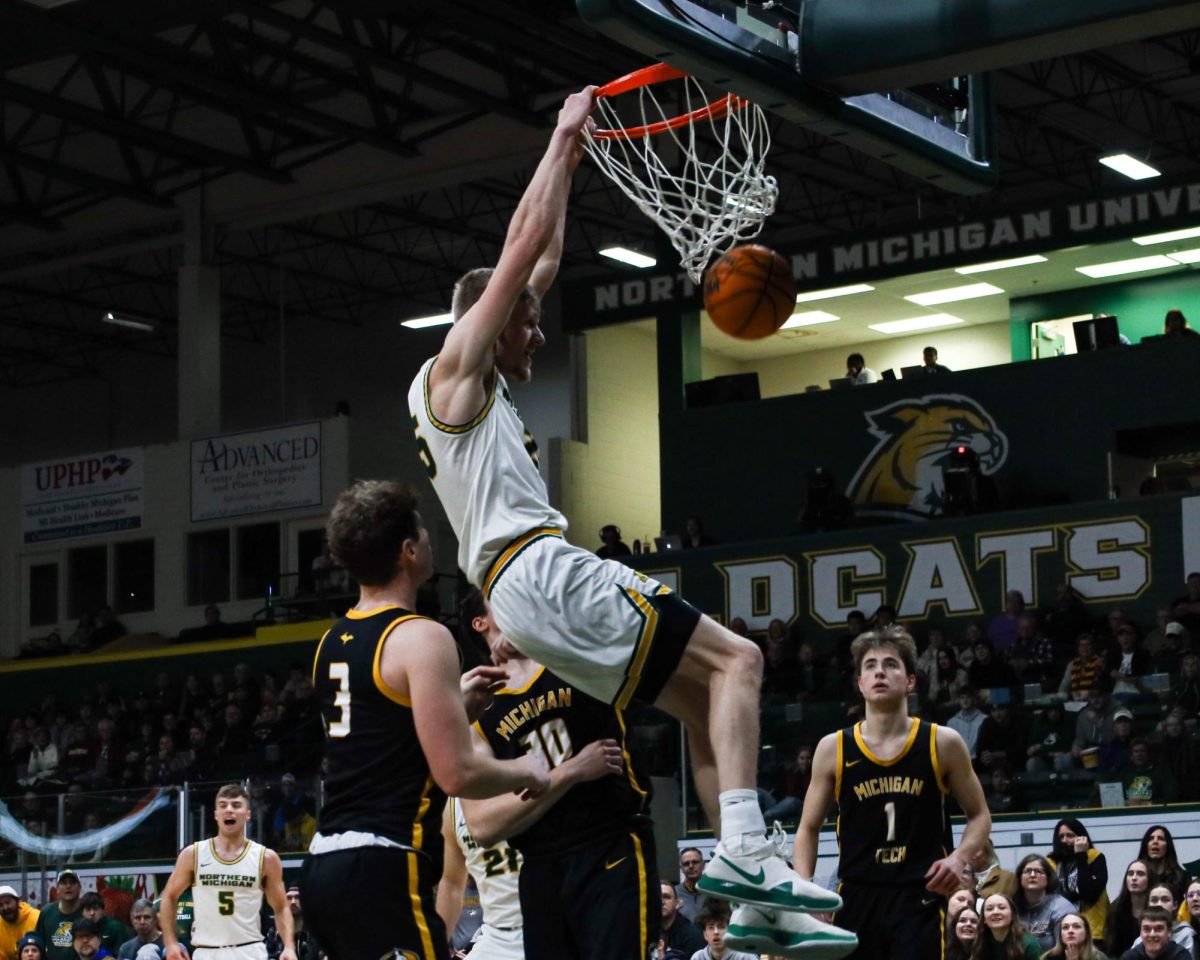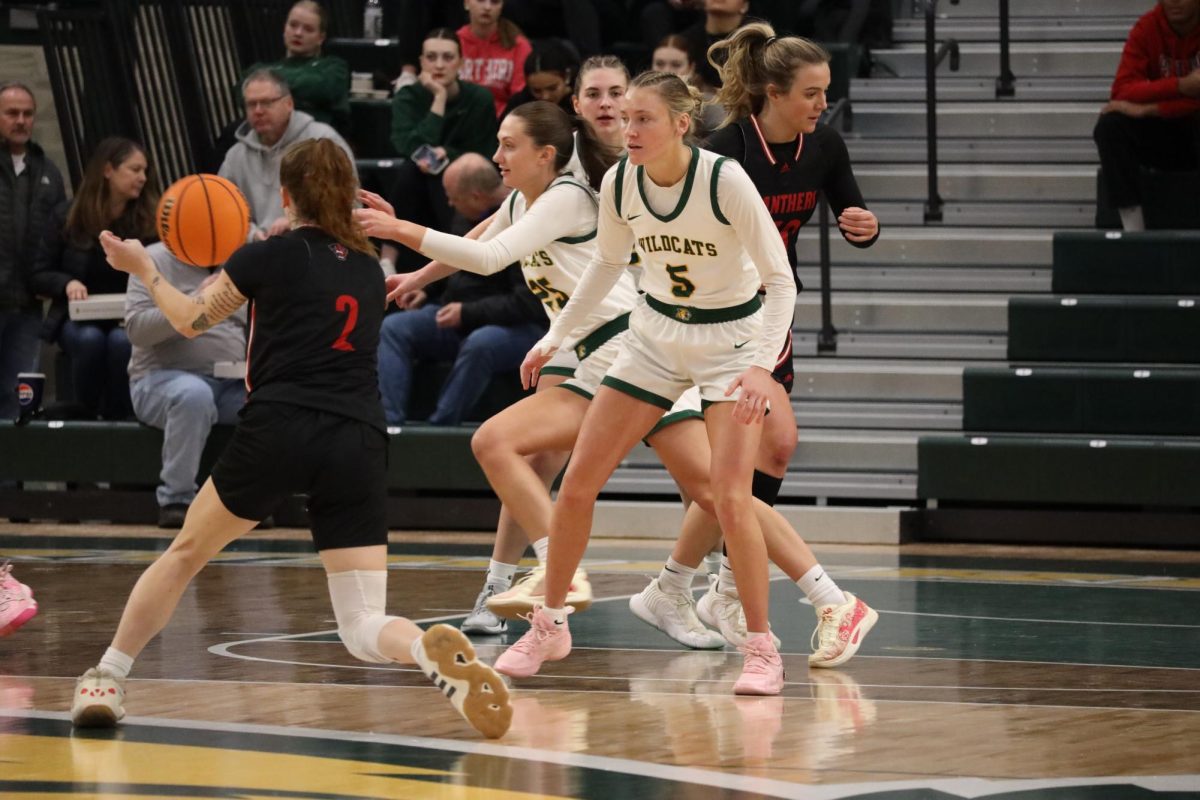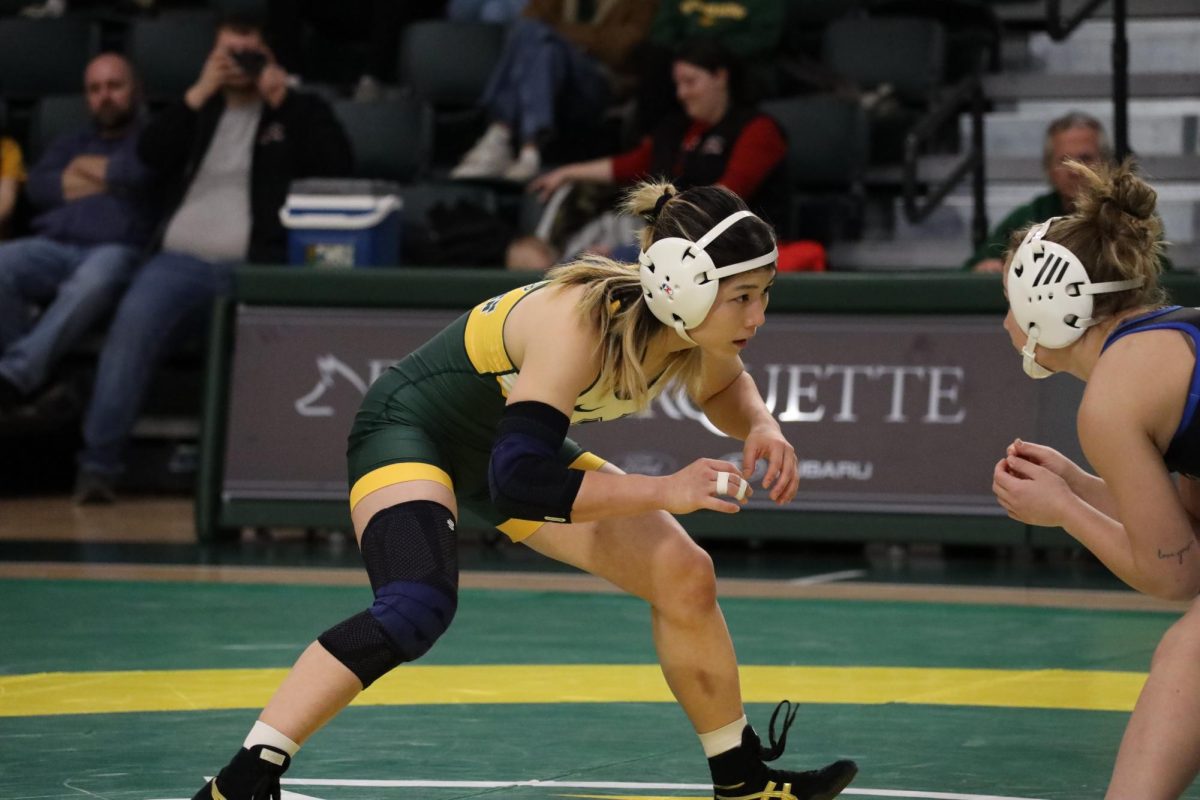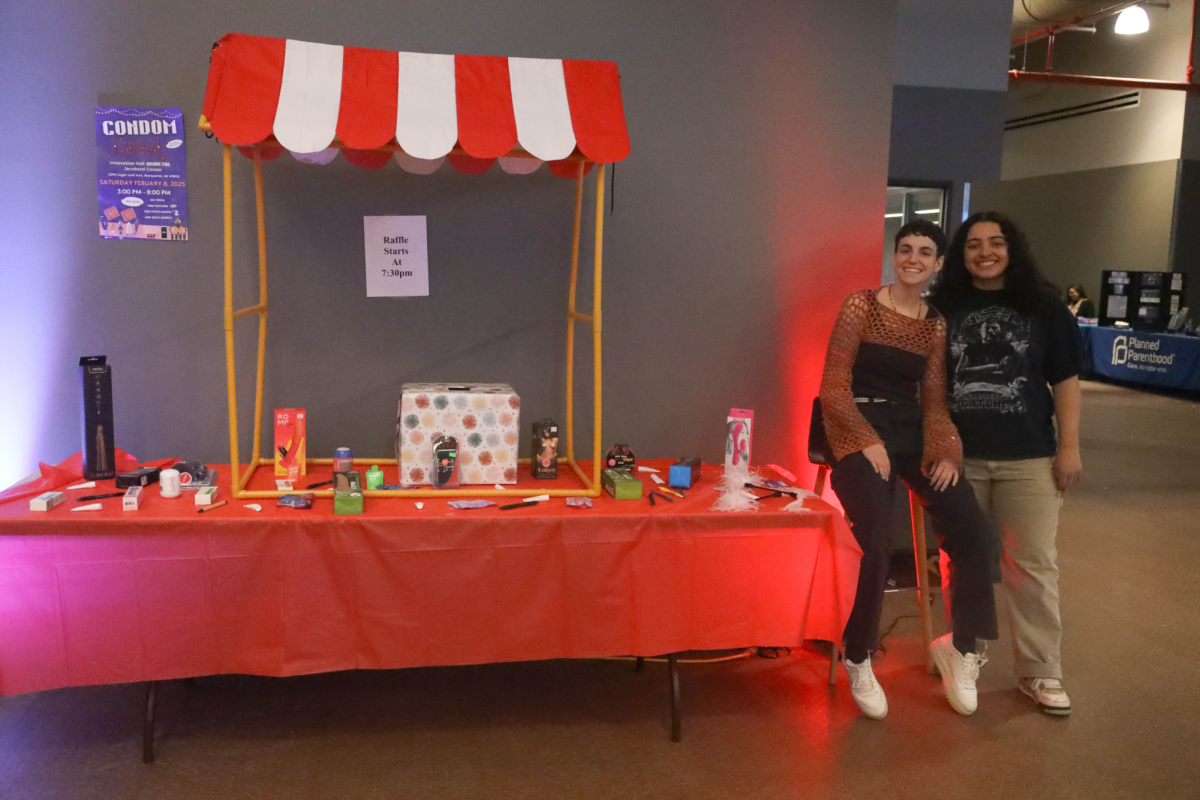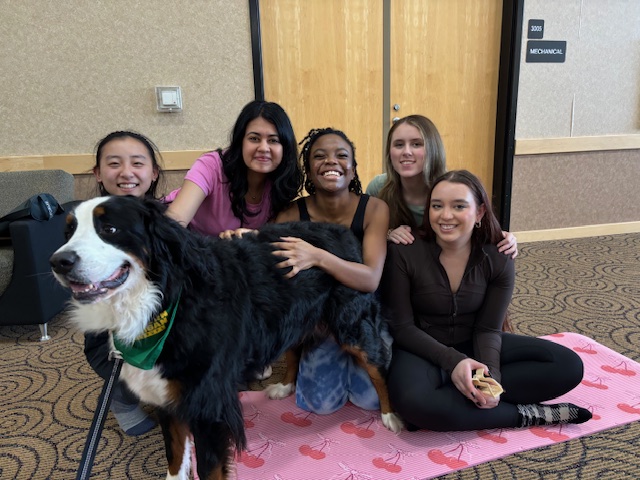“There is no work for the billboard painters any longer,” said Devos Museum featured artist Donald Fels, refering to what was once a thriving craft in India. “They just don’t have that as a way of making a living anymore.”
Fels’s exhibit “What is a Trade?” is comprised of 16 large-scale paintings by Indians who struggled to survive after an increase in mass-produced billboards within their community eliminated their means of subsistence.
“What is a Trade?” is currently running at the Devos Art Museum through Friday, Dec. 13, and Fels will speak about his work and answer questions at 7 p.m. Wednesday, Oct. 16.
Fels has been an active visual artist for thirty years around the world. He said this year he’s working on projects in Italy, Java, France and Seattle.
Melissa Matuscak, the museum’s director and coordinator, said past artist talks have been attended by students and community-members.
“It gives the audience a chance to hear from the artist firsthand, and more importantly, to ask questions,” Matuscak said. “It makes the viewing experience much richer after having heard the artist speak about their work directly.”
Fels said during his artist talks he shows images and tries to give context for the audience. He also said he tries to leave plenty of time for questions, which are the most fun for him.
“It’s a pity,” Fels said about the sign painters. “Besides not having an income from painting, the communities all have the same signs and billboards now, because they are all printed in a central place. Before, each painter did his work slightly differently, so the billboards were very cool to look at.”
Fels spent seven months in India as a Fulbright Research Scholar.
“Very few artists get Fulbrights and I would bet none has or will again work with billboard painters,” said Fels.“I have no idea why I got the fellowship, but it was wonderful because it allowed me to do the project.”
Matuscak said selecting the artists and exhibitions to show is one of the best parts of her job. Two years of pre-planning go into the schedule, during which time she researches the potential artists and, when possible, goes to visit their exhibitions.
The signs were designed by Fels and then painted by artists Surya, Raju or Paul, according to the museum’s website. The paintings are done on large sheets of aluminum and reference Vascoma da Gama’s 1498 voyage in search for pepper and spices.
After an initial visit in 2003, Fels returned in 2004 to the place da Gama traded, Cochin, India. He began his collaboration, dealing with issues such as globalization and international trade.
“I like that he’s working collaboratively with other people in much of his work,” Matuscak said. “I also think he’s raising important and relevant questions with the work. It spurs a dialogue and that kind of conversation is the best thing that can come out of an exhibition.”
The enamel paintings were done, according to Fels’ website, in a 300-year-old warehouse in Cochin’s historic port that was once a pepper warehouse.
The painters were paid for their time painting as well with part of the proceeds from art sales.
“In fact, at the last museum venue for the exhibition, in New York, the curator of the exhibition bought one of the paintings from the exhibit for the museum, so its now there and not being shown in Marquette,” Fels said. “When I sent money to the painters, one of them told me the money would allow him to enlarge his very small house.”
Fels said he still regularly communicates with the painters.

